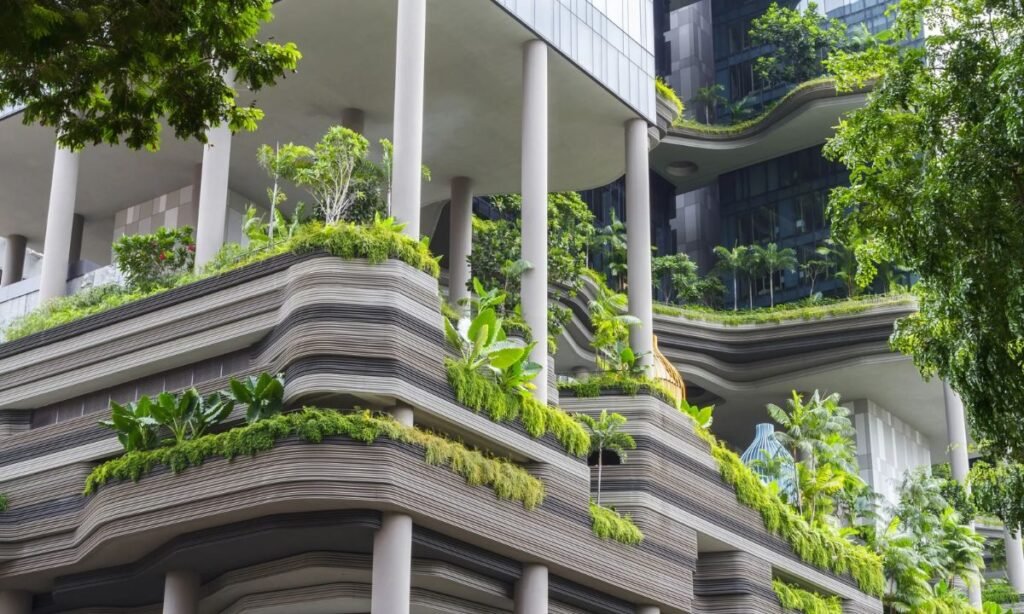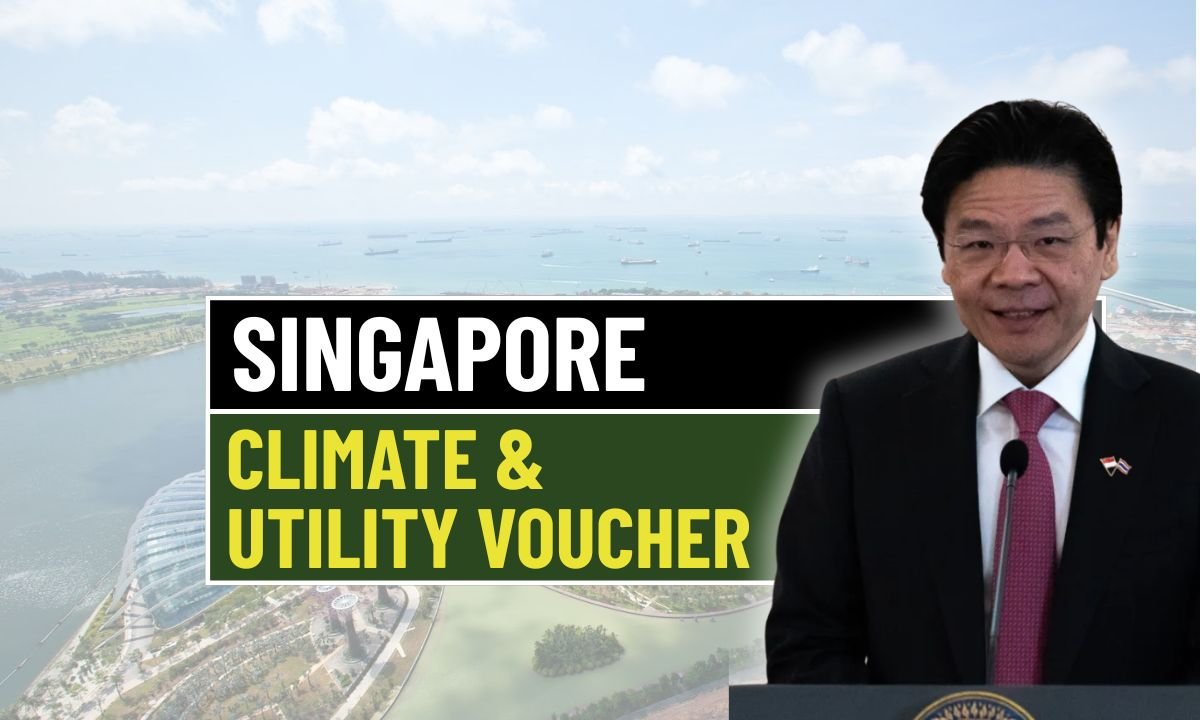In 2025, Singapore has rolled out an exciting enhancement to its climate-conscious initiative nearly all HDB households are now eligible for a total of S$400 in Climate Vouchers. This comprises a base S$300 voucher plus an additional S$100 top-up announced in Budget 2025. Valid until 31 December 2027, these vouchers are aimed at encouraging households to purchase energy- and water-efficient appliances. This includes everything from 5-tick-rated air conditioners and 4-tick washing machines to LED lighting, heat-pump water heaters, and water-saving toilet fittings.
Up to S$760 U-Save Rebate to Dim Utility Worries
To provide additional support in coping with rising utility expenses, the Government has significantly boosted the U-Save rebate for FY 2025. Households living in HDB flats now stand to receive up to S$760 in total rebates, disbursed in quarterly instalments. For instance, in April 2025, families could receive up to S$190, with similar payouts following in July, October, and January. These rebates are credited directly to SP Group utility accounts, effectively reducing or even eliminating utility bills for some low-income households.
Governors’ Assurance, More Rebates to Cost-of-Living Relief
These enhanced vouchers and rebates are part of Singapore’s broader Assurance Package and GST Voucher scheme, which collectively aim to cushion the blow of rising living costs. The approach is multi-layered and well-integrated, combining Climate Vouchers, U-Save rebates, CDC vouchers, and direct cash payouts. Altogether, this creates a stable and supportive ecosystem for lower- and middle-income households, helping them manage daily expenses while maintaining a reasonable quality of life.
How the Support System Works, Simple and Automatic

The process is designed for ease and accessibility. Claiming the Climate Vouchers is straightforward households can access their vouchers through the RedeemSG platform using Singpass credentials. Once claimed, they can be used at participating merchants for the purchase of approved appliances. As for the U-Save rebates, no application is necessary. Rebates are directly credited to eligible households’ SP utility accounts each quarter, starting from April 2025. Additional relief under the Assurance Package, such as CDC vouchers and cash payouts, is disbursed through trusted channels like LifeSG, PayNow, or existing CPF-linked accounts, making the experience as frictionless as possible for residents.
Why This Matters, Financial and Environmental Gains Combined
The significance of these measures lies not only in their financial relief but also in their environmental impact. By supporting the adoption of high-efficiency appliances, Singapore is reducing nationwide energy consumption, which aligns with its climate goals. At the same time, households enjoy tangible savings on their monthly utility bills. For many families, these rebates can cover several months of utilities, offering meaningful cost relief in a time of economic uncertainty.
What You Should Do Now
Eligible households should ensure they are up to date on their Singpass accounts to claim the Climate Vouchers without delay. With vouchers valid until the end of 2027, early claiming ensures better product availability and access to competitive deals. Families are encouraged to make informed appliance purchases to maximize both short-term utility savings and long-term energy efficiency. Keeping a close eye on monthly utility bills will also help residents track the impact of these schemes and ensure the rebates are being properly credited.
What Comes Next? Tapping Long-Term Value from Today’s Benefits
This combination of enhanced rebates and climate-focused vouchers represents more than just temporary assistance. It is part of a larger strategy to reshape household habits and improve national sustainability outcomes. If well utilized, these initiatives could transform how households manage electricity and water usage.

